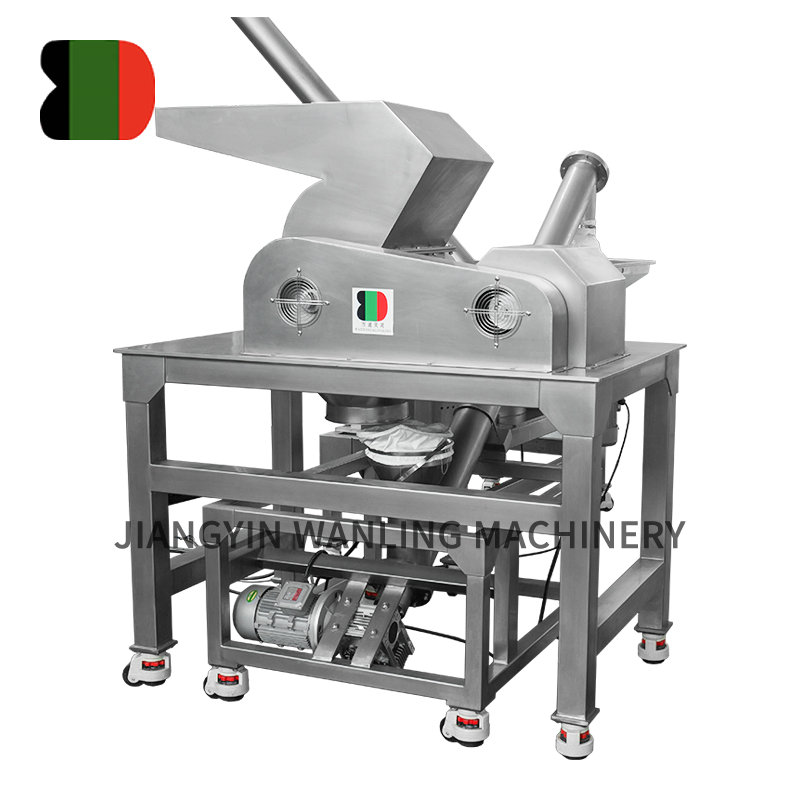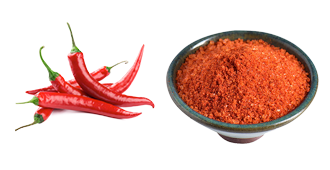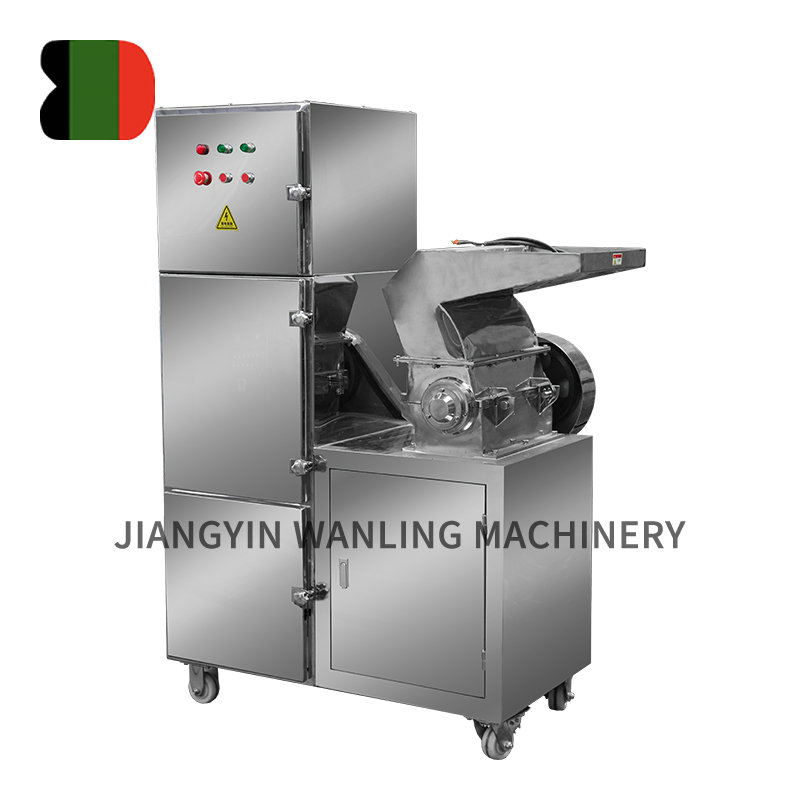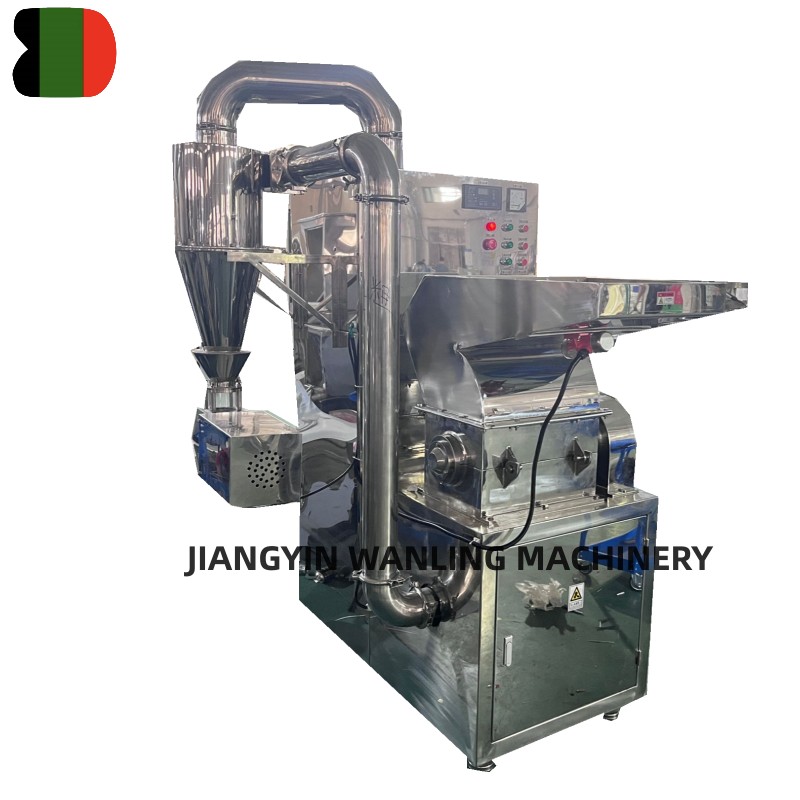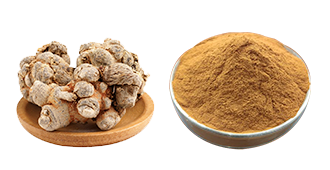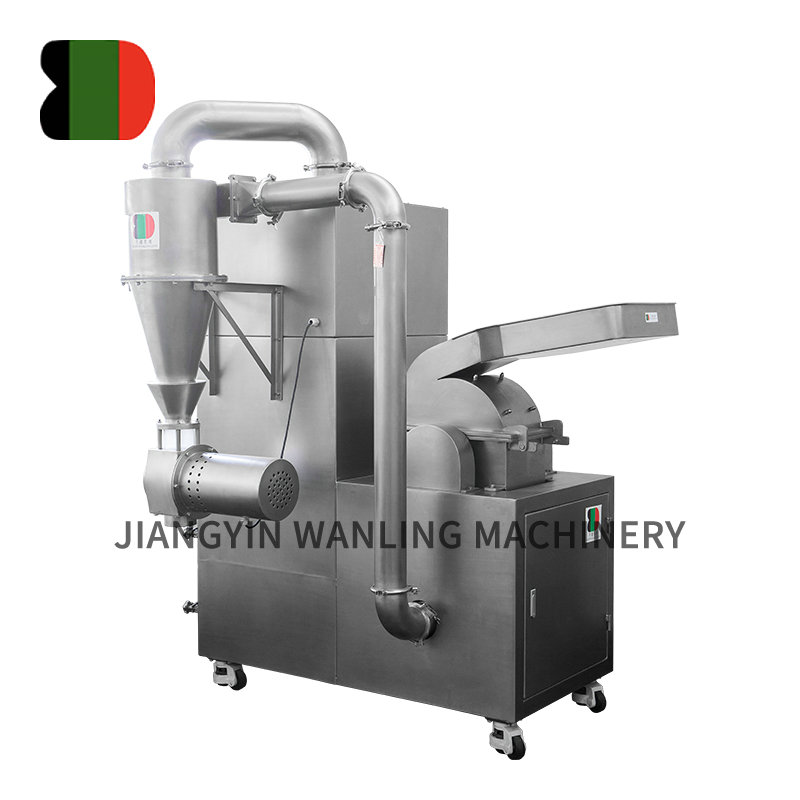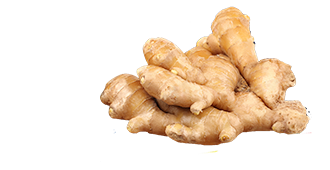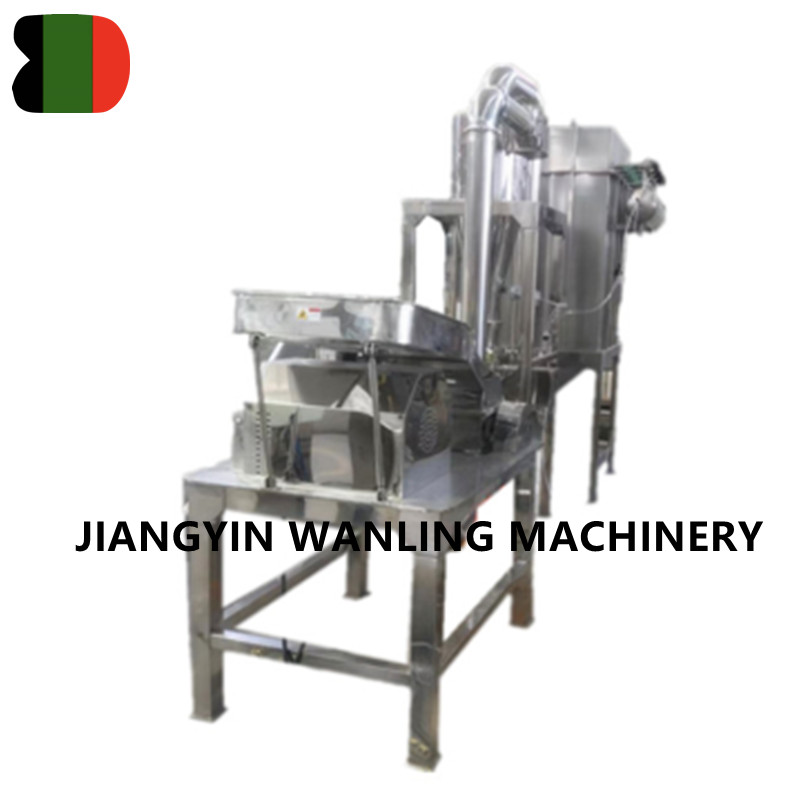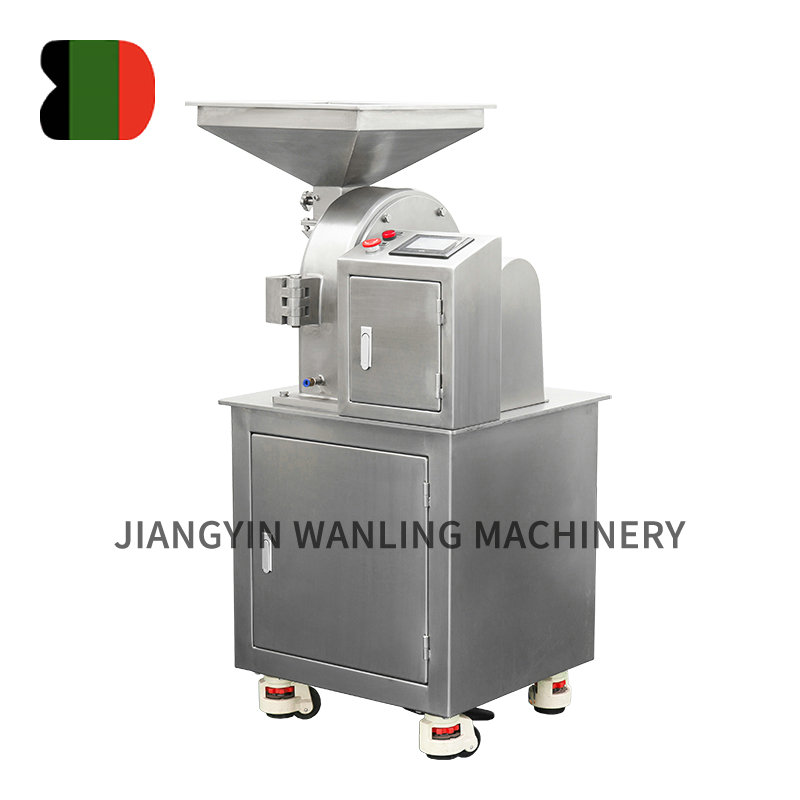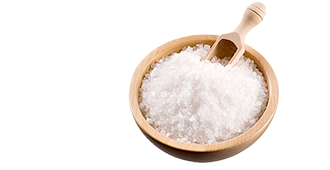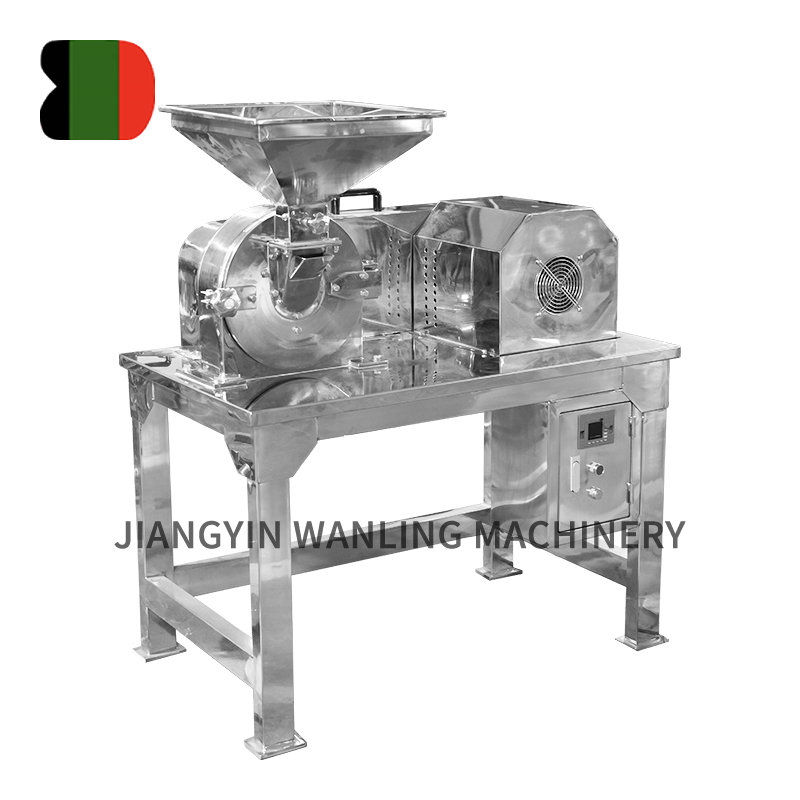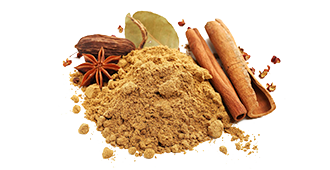Given the harsh operating environment of hammer mills, the rotor's construction must be designed for durability. The rotor needs to withstand high-speed rotation and repeated impacts, so it needs to be a robust structure made of strong materials. This ensures long service life and sustained performance, able to withstand the rigors of continuous operation without wear and fatigue.
Other Factors Affecting Hammer Mill Performance:
Hammer Design and Configuration: Hammer design and configuration have a strong influence on increasing grinder performance. Studies have shown that modifying the hammers of a small-scale grinder resulted in increased capacity and efficiency. Changing the tip speed in this case also resulted in a net improvement over the original speed of the hammer mill by as much as 300%.
Screen Size: The size of the screen openings will determine the final particle size of the ground material. A smaller screen size will result in a finer grind, while a larger screen size will result in a coarser grind.
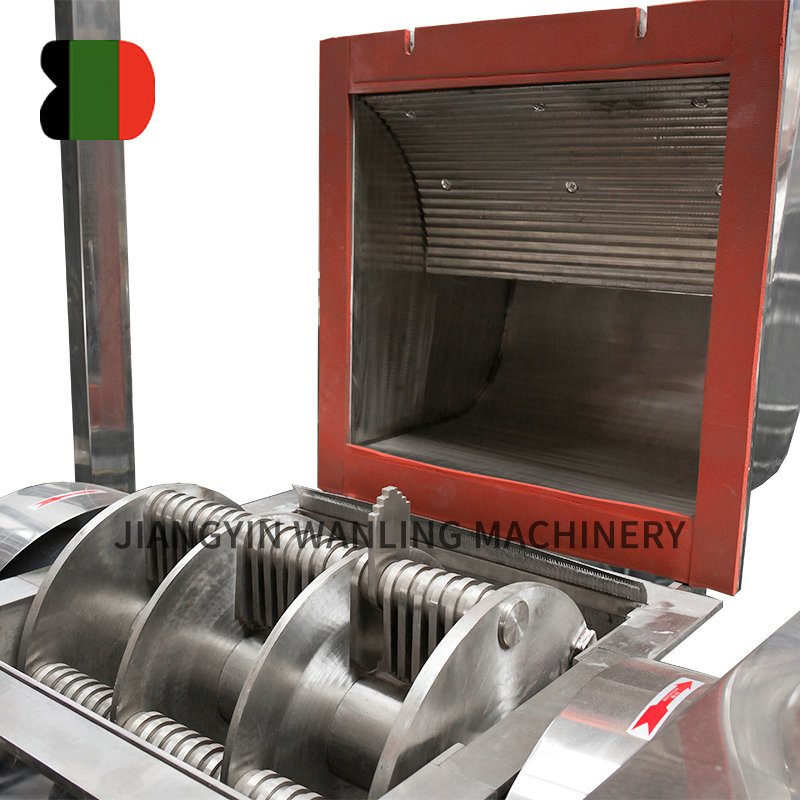
Feedstock Moisture Content: The moisture content of the feedstock can also affect the performance of the hammer mill. Wet material tends to be more difficult to grind than dry material, and it can also cause the mill to clog.
Tip Speed: The tip speed of the hammers is another important factor that affects the performance of the hammer mill. A higher tip speed will result in a finer grind, but it can also lead to increased wear on the hammers and the screen.
Hammer Mill Maintenance: Proper maintenance of the hammer mill is essential for optimal performance. This includes regular inspection of the hammers, screen, and other components, as well as lubrication and adjustments as needed.
By optimizing these factors, hammer mill operators can achieve the desired particle size and throughput for their specific application.



 Español
Español